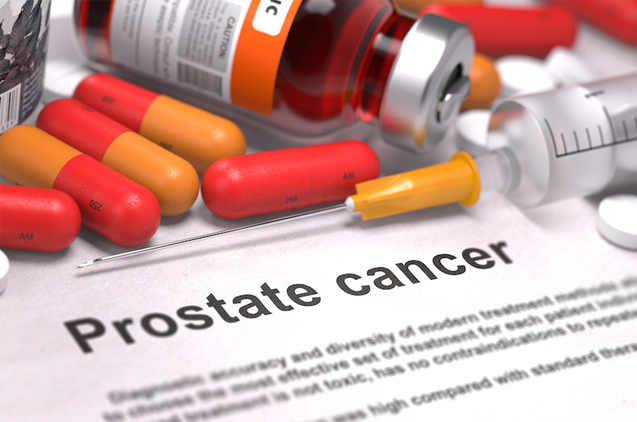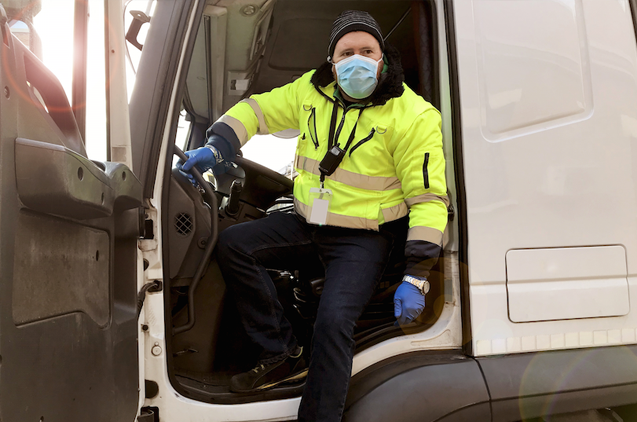
Since the passage of the Families First Coronavirus Response Act (FFCRA) in March 2020, the U.S. Department of Labor (DOL) has issued—and added to—a lengthy series of questions and answers (Q&As) about employee leave under the Act.
Leave Under the FFCRA
The FFCRA requires employers with fewer than 500 employees to provide 12 weeks of FMLA leave for childcare reasons related to COVID-19. The new FMLA leave must be compensated after the first 10 days (80 hours), at two-thirds of an employee’s wage, up to $200 per day.
The FFCRA also requires employers with fewer than 500 employees to provide 80 hours of paid sick time for specified reasons related to COVID-19.
The DOL Q&As
The DOL Q&As provide detailed guidance to employers and employees on issues like eligibility for and administration of leave under the Act. The Q&As are grouped in topic areas, including:
- Definitions
- Eligibility
- Coverage
- Application
- Enforcement
- Return to School
Action Steps
Employers subject to the FFCRA should review the DOL Q&As. Read More


















